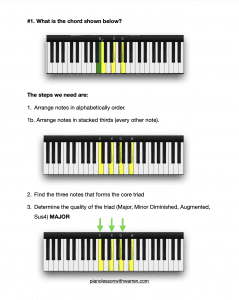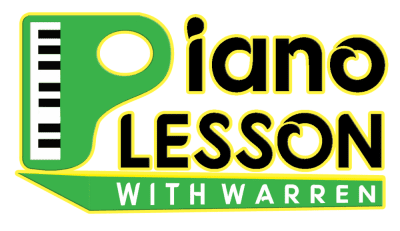I recently embarked on an exciting journey to my local Guitar Center, a haven for musicians and enthusiasts alike. My mission? To explore the world of keyboards, diving into their variety, features, and nuances. This wasn’t just any visit – I was granted special access to conduct an in-depth review of their keyboards, a privilege not commonly extended. As a long-time loyal customer, this felt like a unique opportunity to share my findings with you, especially for those who have been curious about the latest in keyboard technology.
The Yamaha P-105 Digital Piano: A Solid Start
One of the stars of the show was the Yamaha P-105 Digital Piano. Perfect for church settings or simple piano needs, it boasts 88 keys, a good piano sound, and a solid action ideal for building finger strength and dexterity. It also comes with a metronome, demo songs, and various patches including piano, EP, organ, and strings.
Exploring Versatility: From the Allegro 3 to the Casio Privia
As I delved deeper, I encountered the Allegro 3, notable for its built-in speakers and affordable price of $199. The Casio series also caught my eye, particularly the CDP S100 and the Privia, both excellent choices for beginners with their simple interfaces and good sound quality.
For the Tech-Savvy: The Music Production Synthesizer
For those into music production, there’s a synthesizer that stands out. It’s equipped with a myriad of features and buttons, perfect for creating a wide range of sounds and effects. Although I generally prefer simpler keyboards, this is an ideal pick for producers and sound engineers.
The Yamaha P45 and P125: True to the Piano Essence
Further along, I explored the Yamaha P45 and P125. These models are fantastic for those seeking a pure piano experience, with minimal bells and whistles but exceptional sound and action.
A Treat for Professionals: The Motif and Roland Keyboards
Professional musicians would be intrigued by the Yamaha Motif and various Roland keyboards. These are high-end options, offering advanced features like sound layering, sampling, and an extensive range of effects, albeit at a higher price point.
My Key Considerations When Choosing a Keyboard
In my journey, I’ve realized that the perfect keyboard depends on personal needs and preferences. Here are my key considerations:
- Key Range: At least 76 keys, preferably 88 for a full range.
- Key Action: Semi-weighted or fully weighted for authentic feel and finger strength development.
- Features: Essential features like splitting and layering capabilities, good piano sounds, and built-in speakers for convenience.
- Usage: The choice varies if it’s for home, church, or professional stage use. Simplicity and portability become crucial for gigging musicians.
Conclusion: A World of Choices at Your Fingertips
Whether you’re a beginner, a church musician, or a professional on the stage, there’s a keyboard out there that fits your needs. Remember, the best way to choose is by considering what you’ll predominantly use it for. Keep practicing, and don’t hesitate to reach out if you have any questions or need guidance on your musical journey.
Until next time, happy playing from the cozy corners of Guitar Center.
Note: This post is based on my personal experience and preferences. Prices and models might vary based on location and stock availability. Always try a keyboard in person to see if it suits your needs.
Download The 7 Steps To Naming ANY Chord PDF For FREE
With this PDF, you NEVER HAVE TO GUESS what chord you’re playing.


